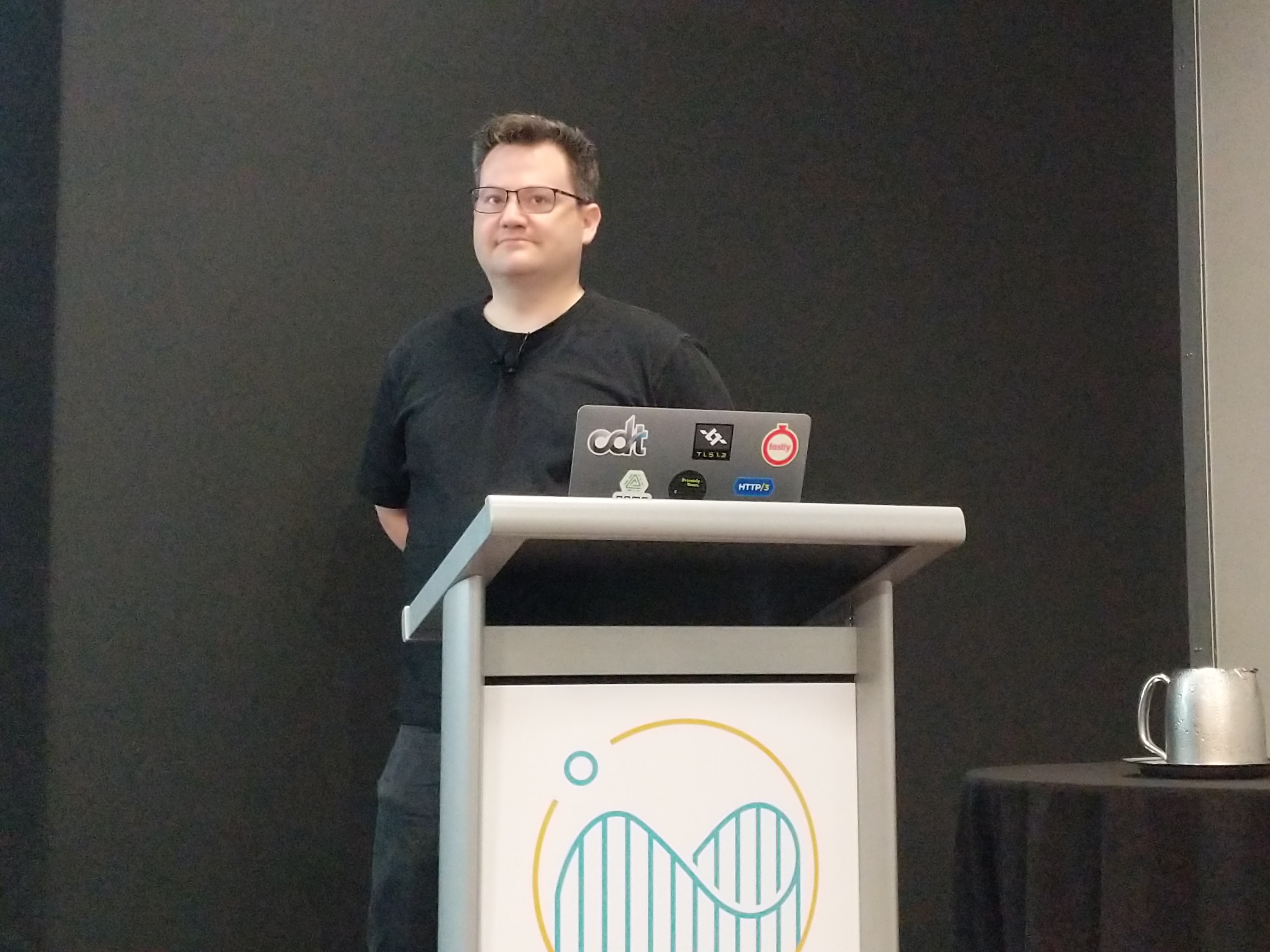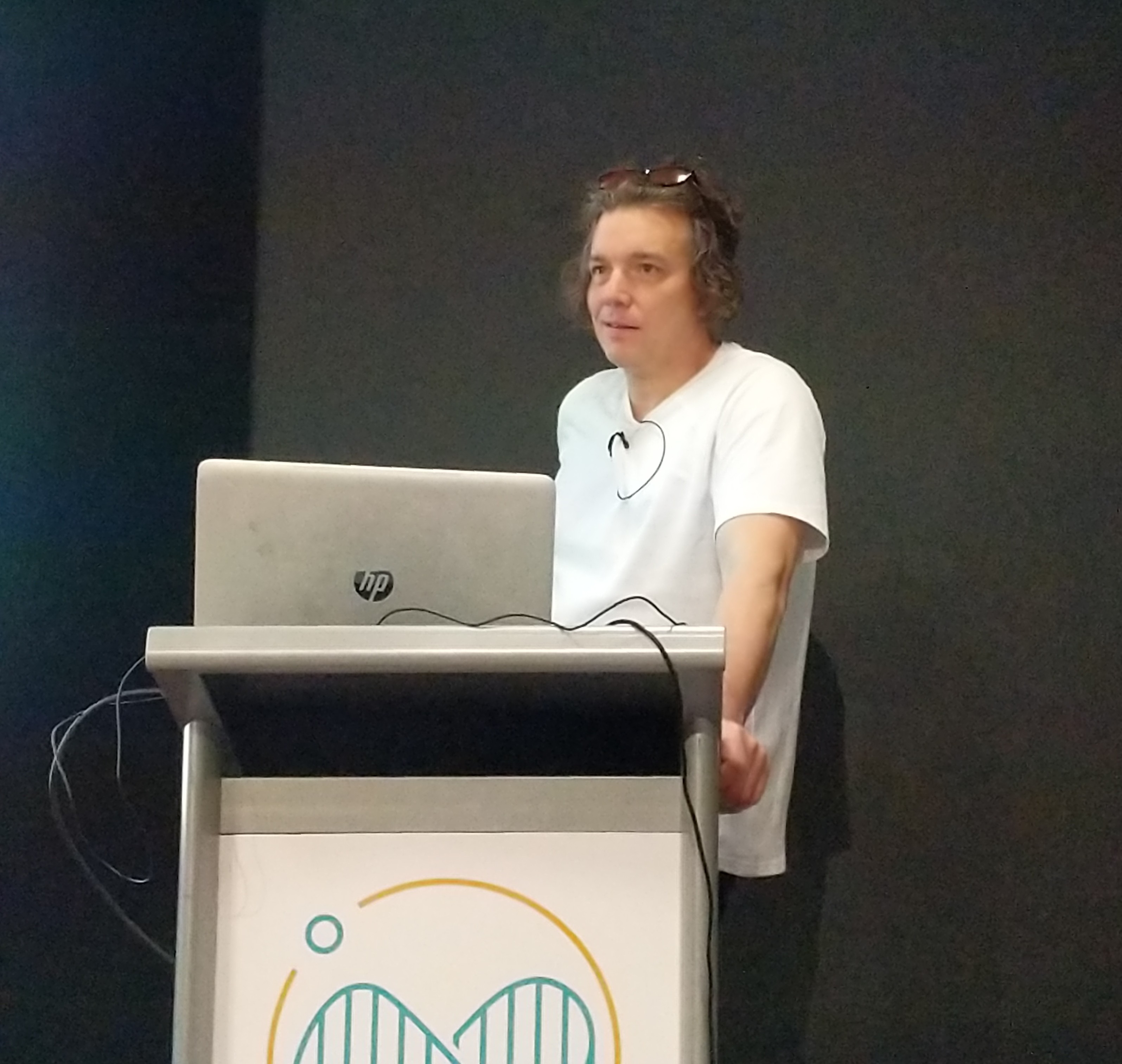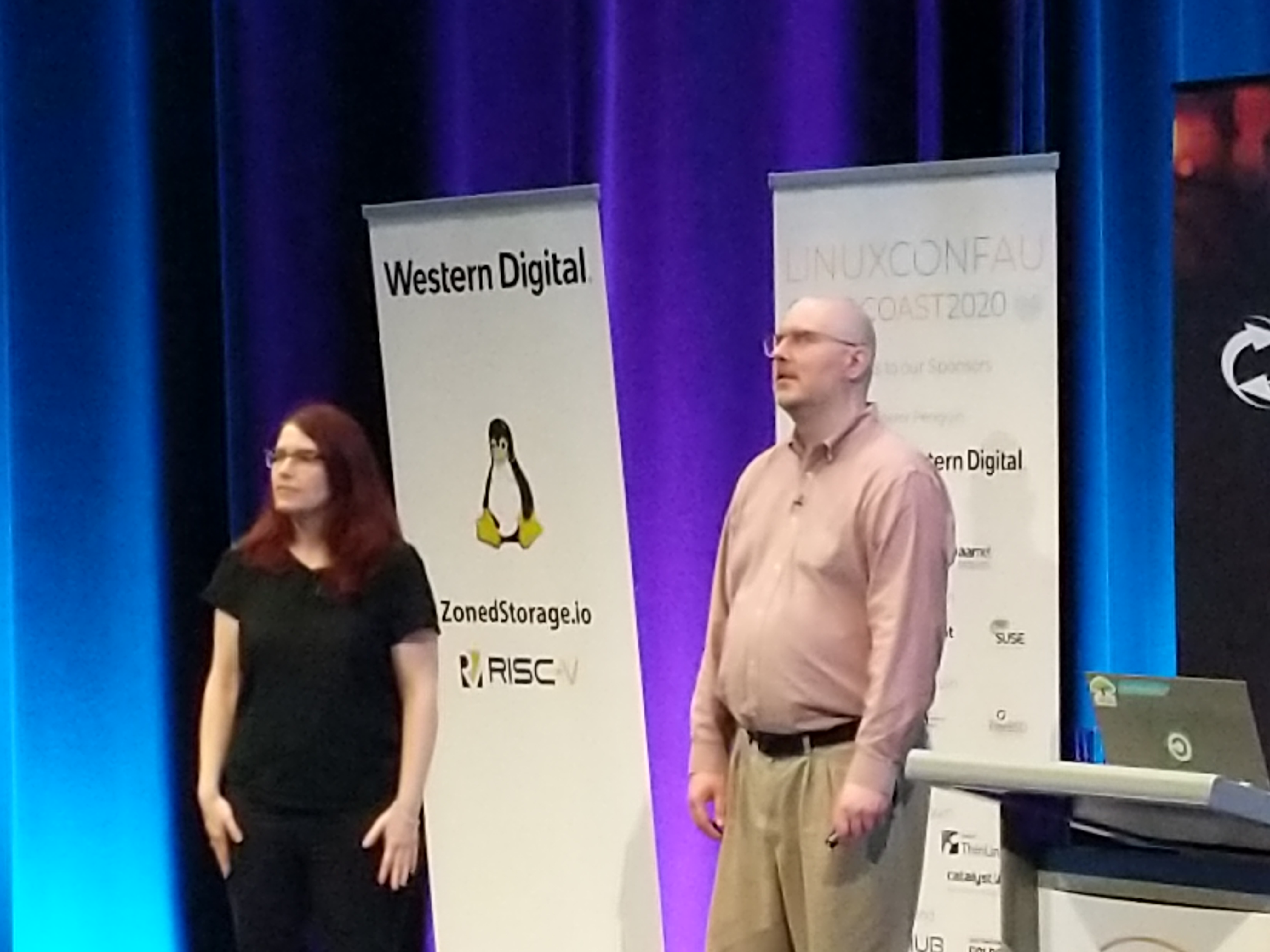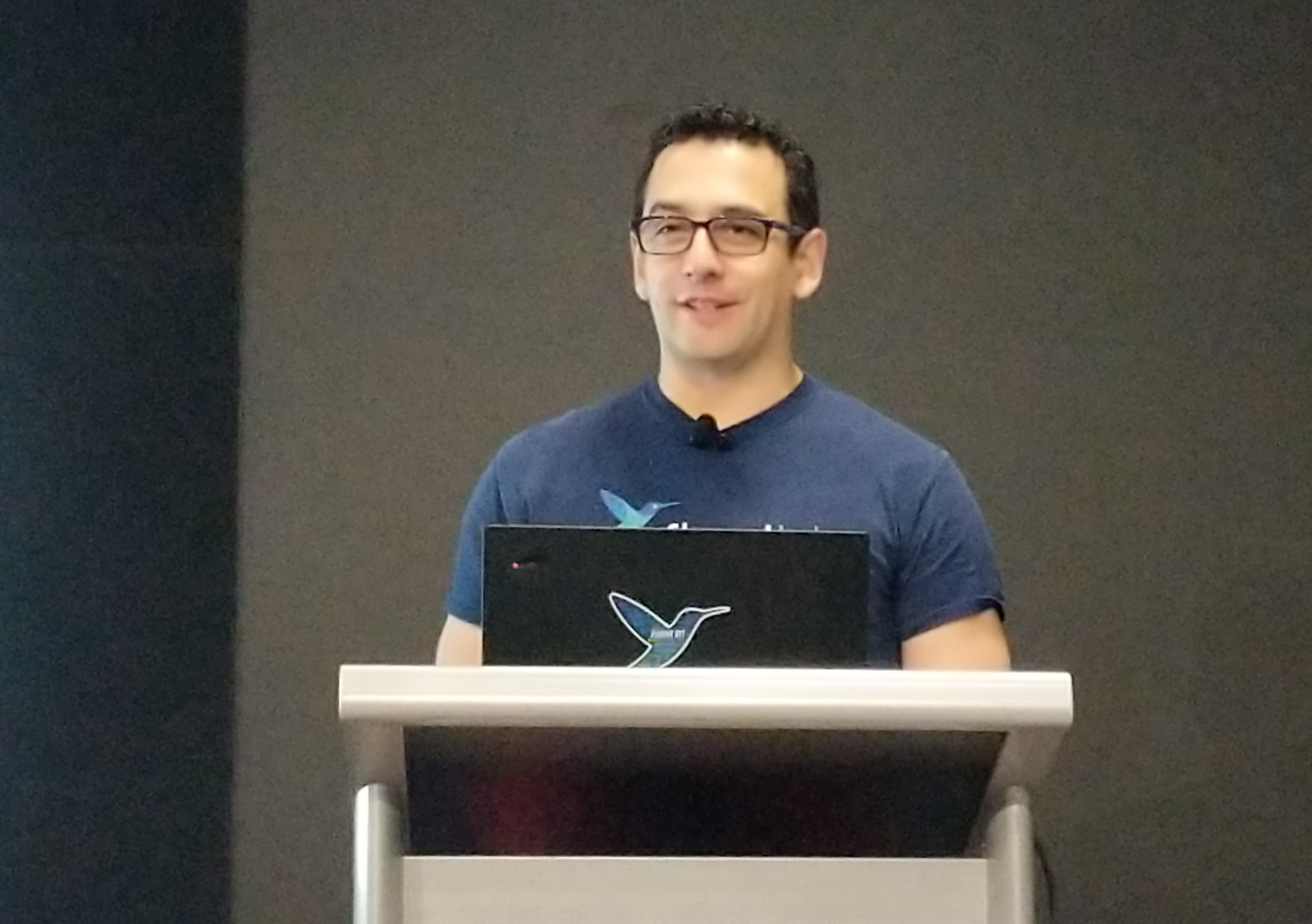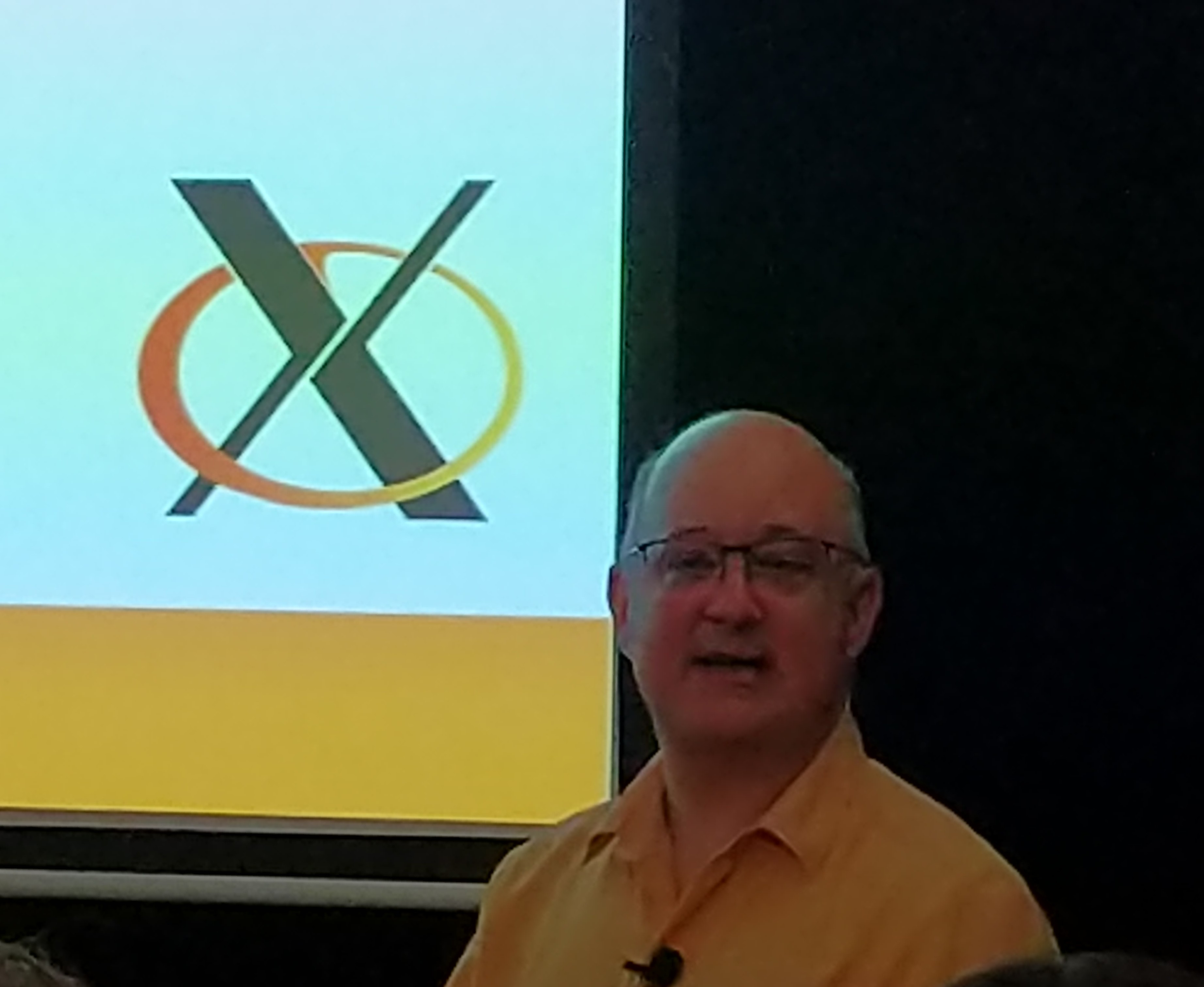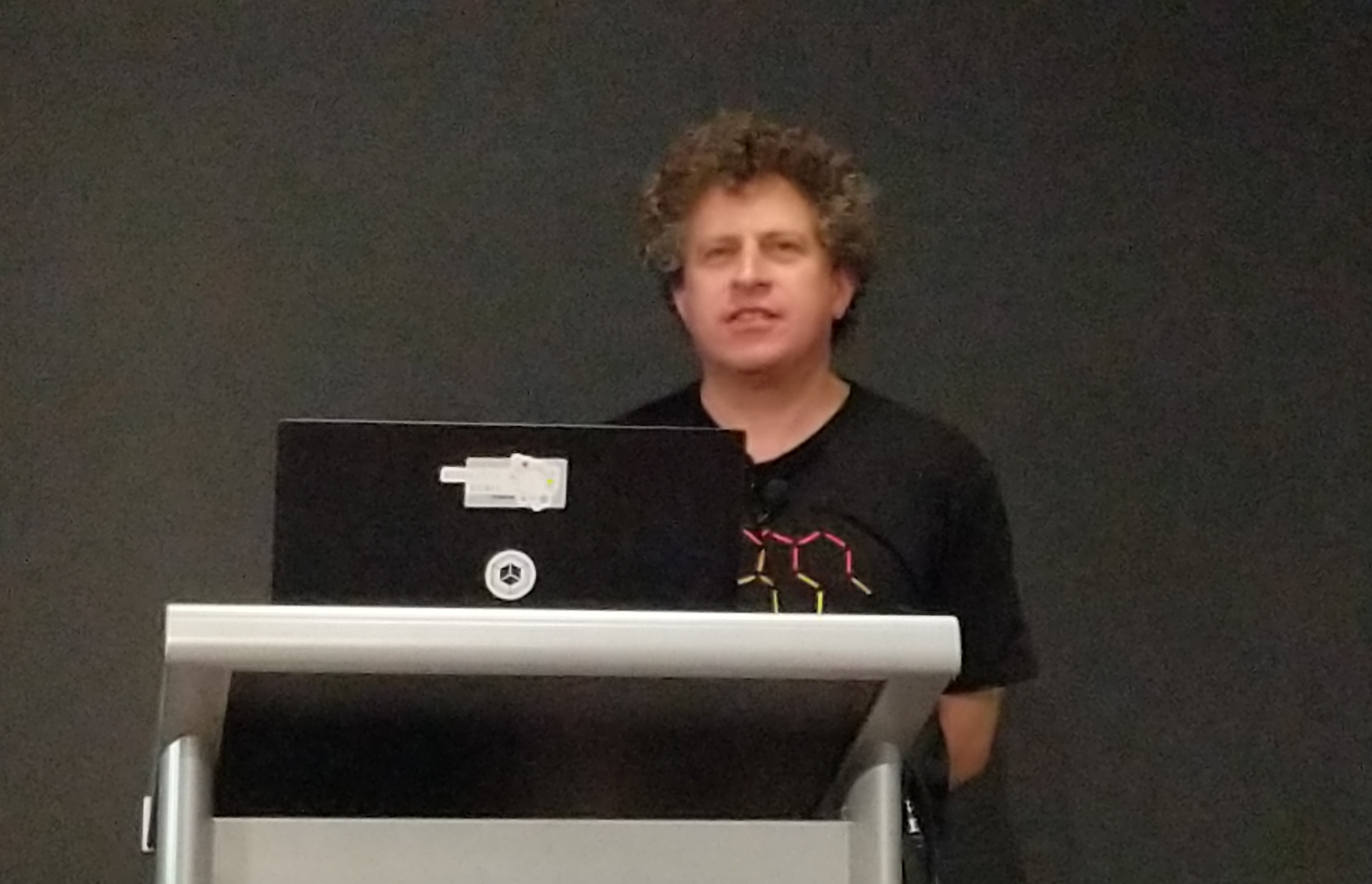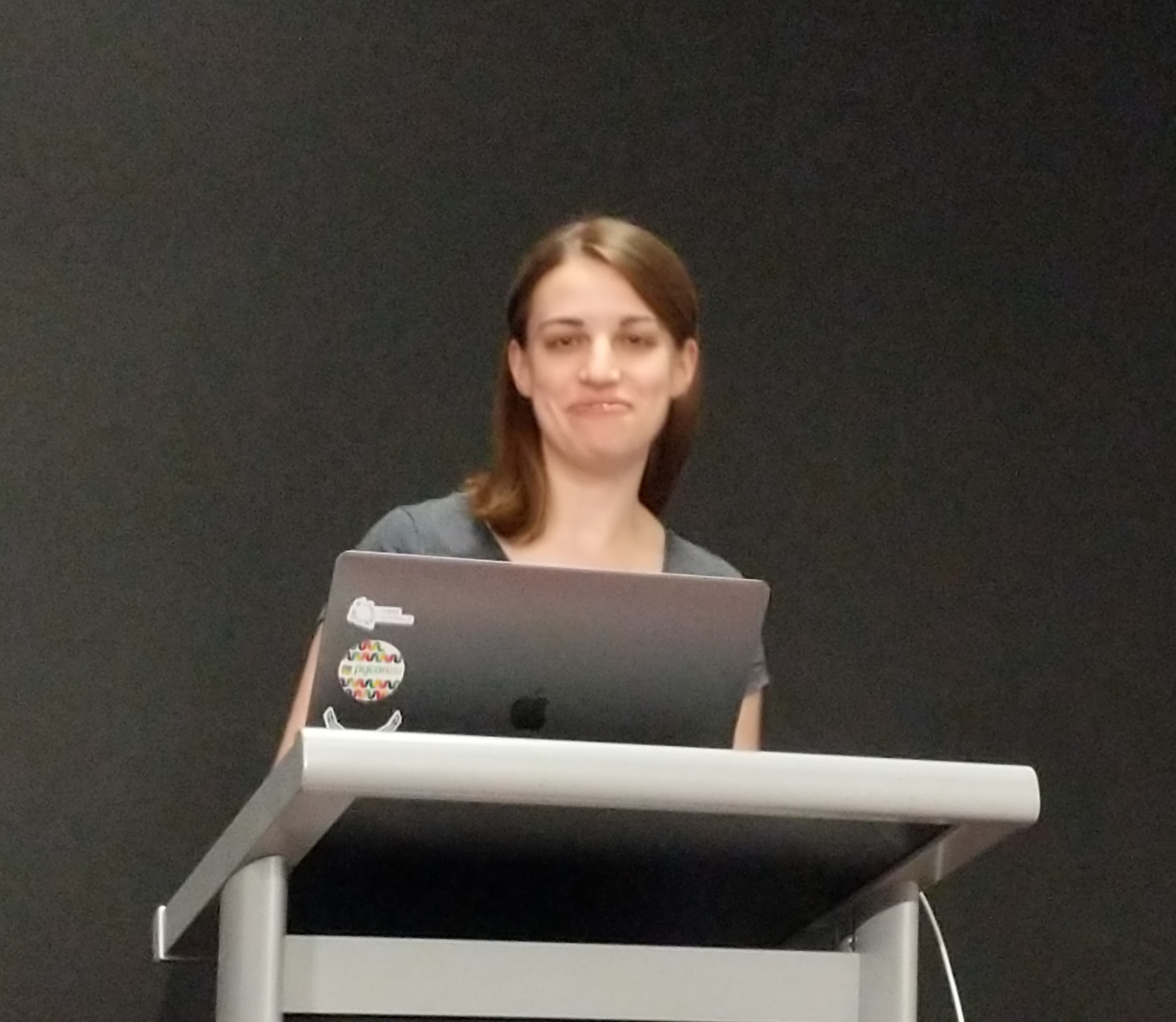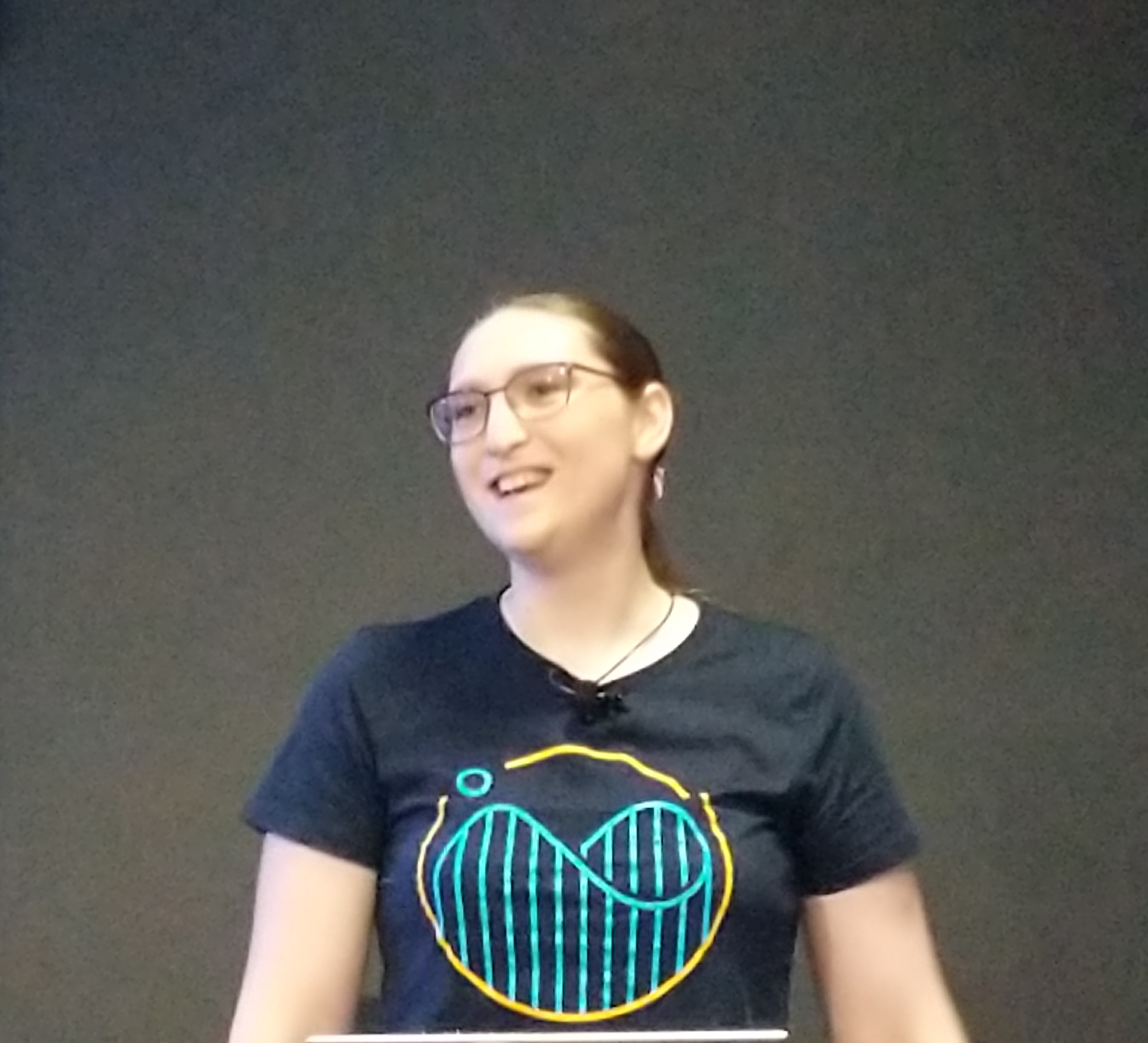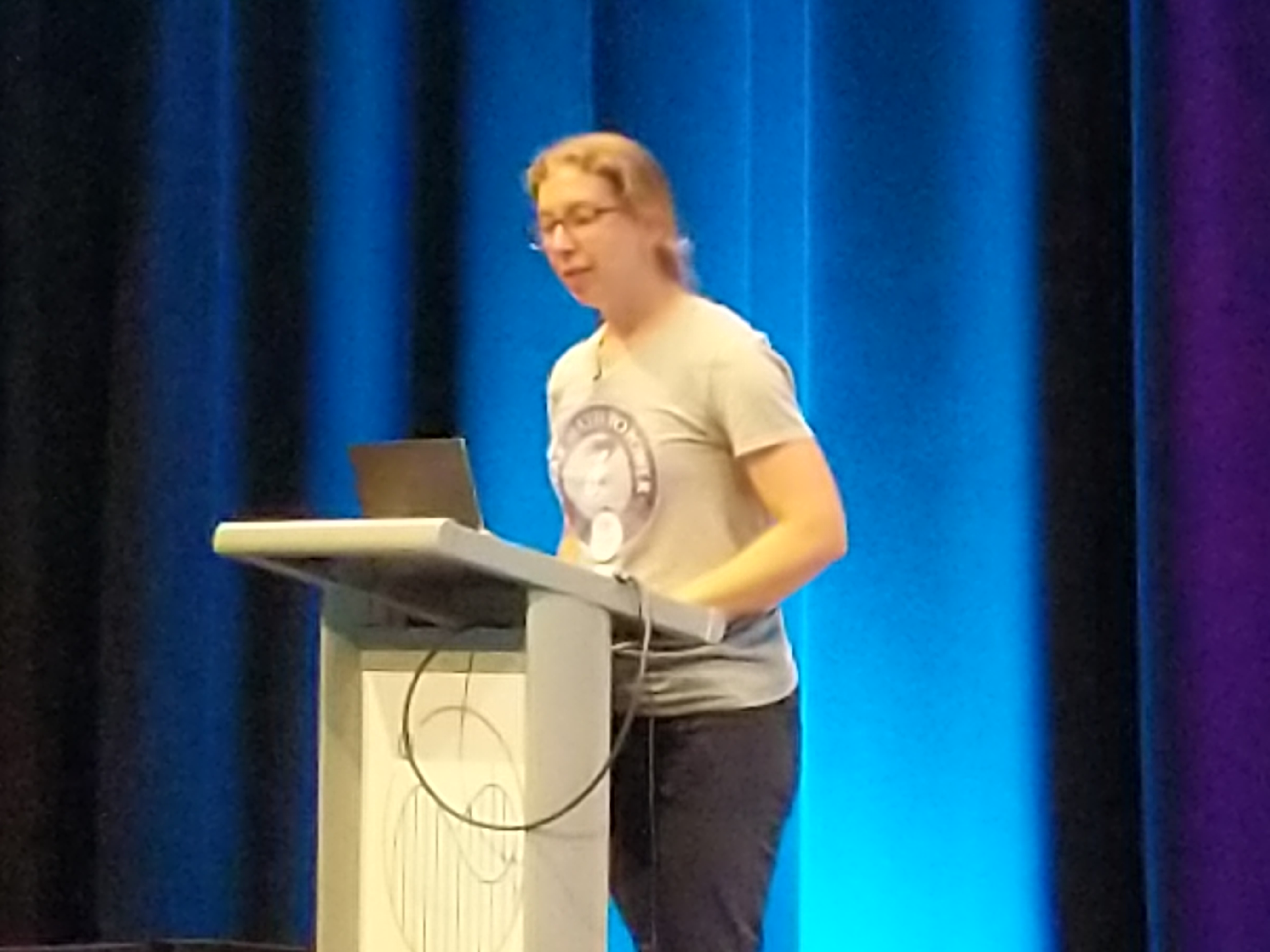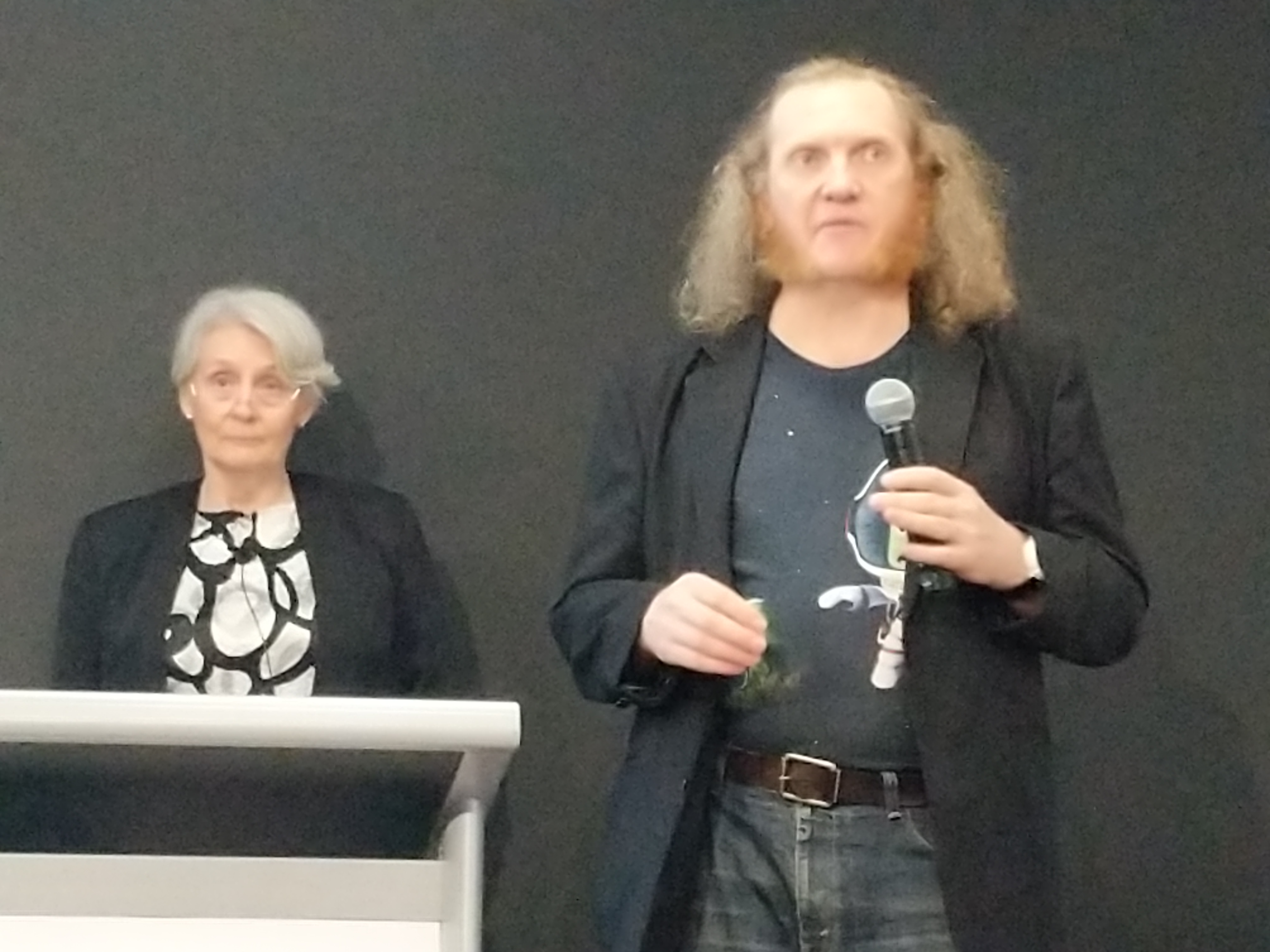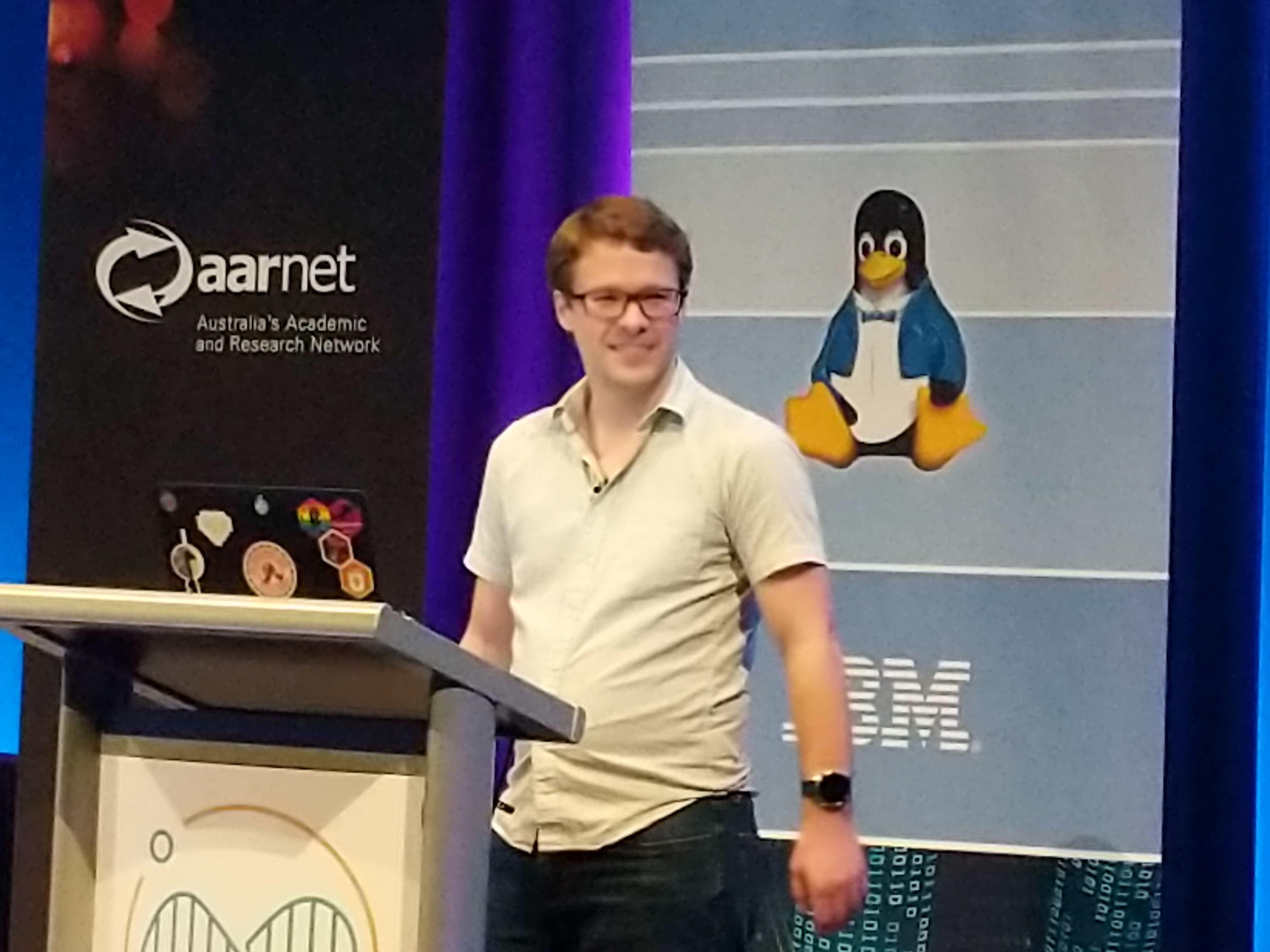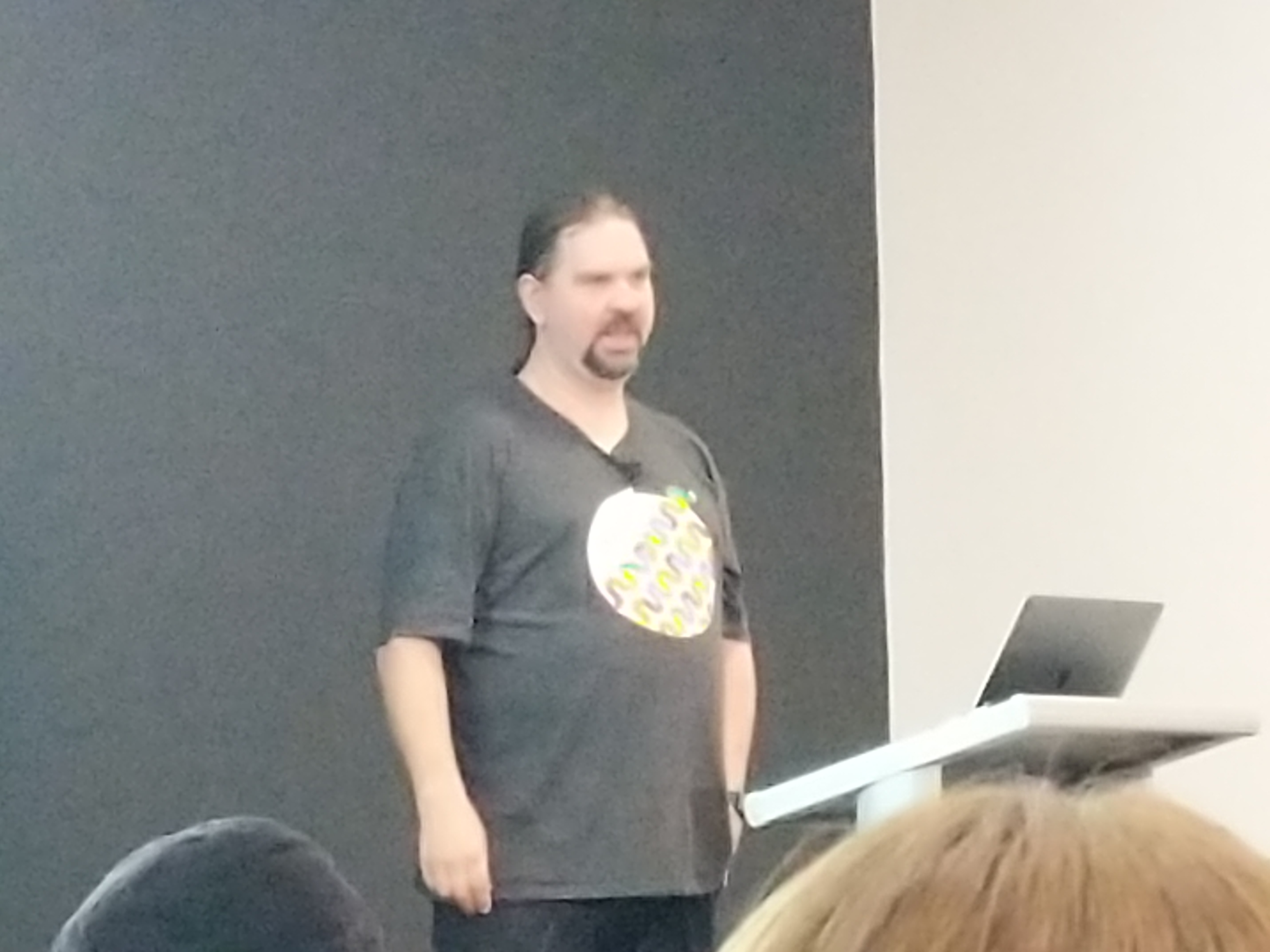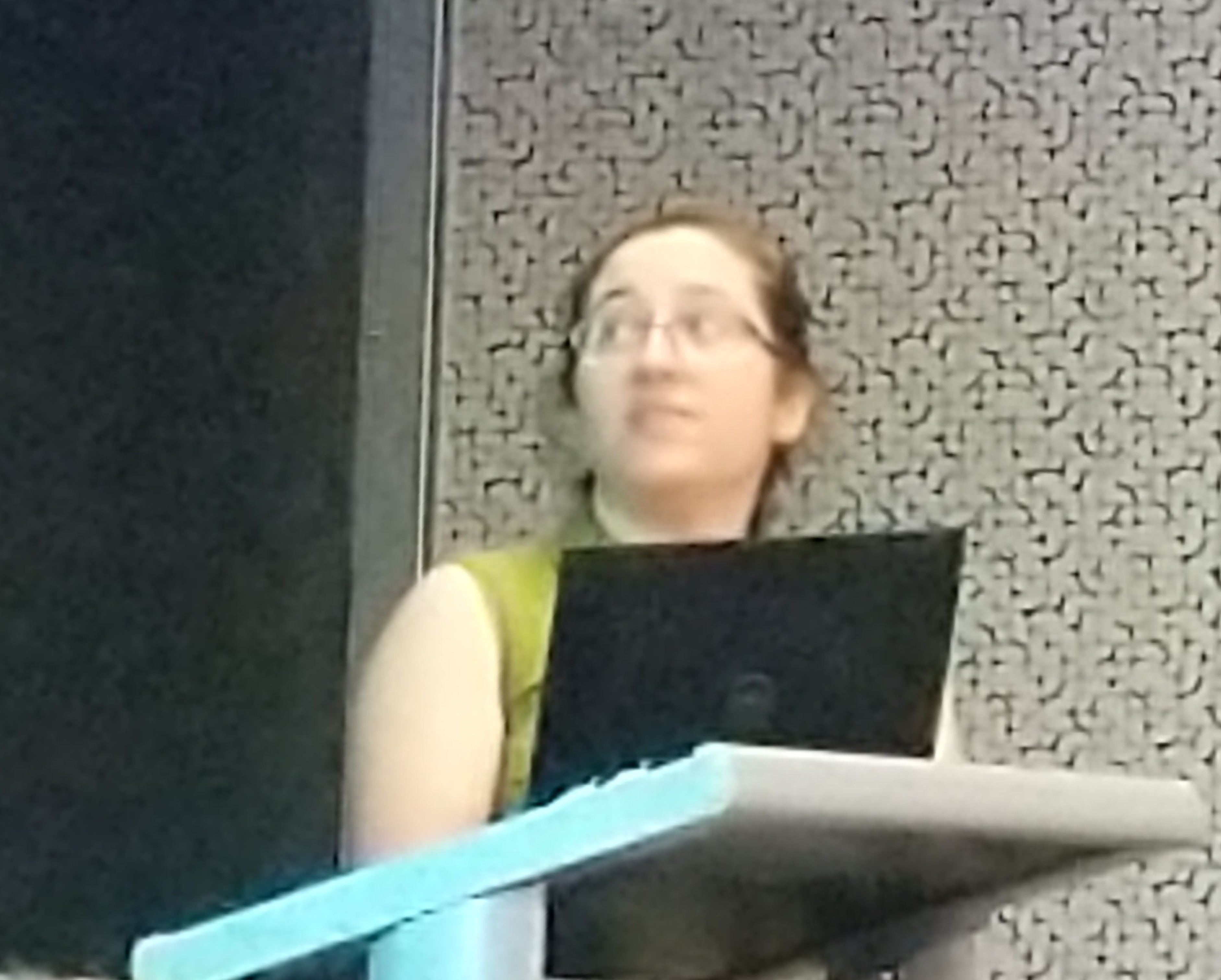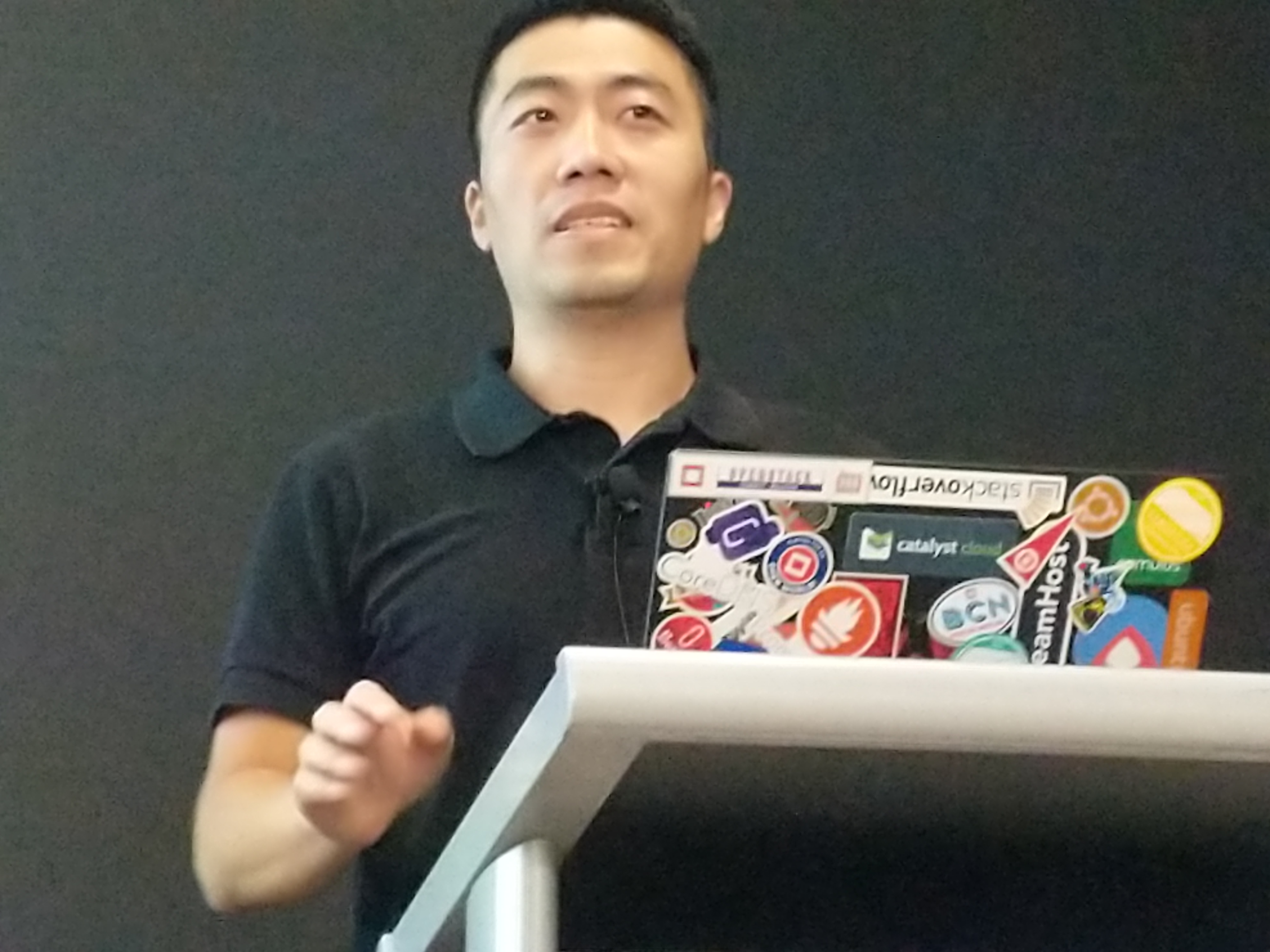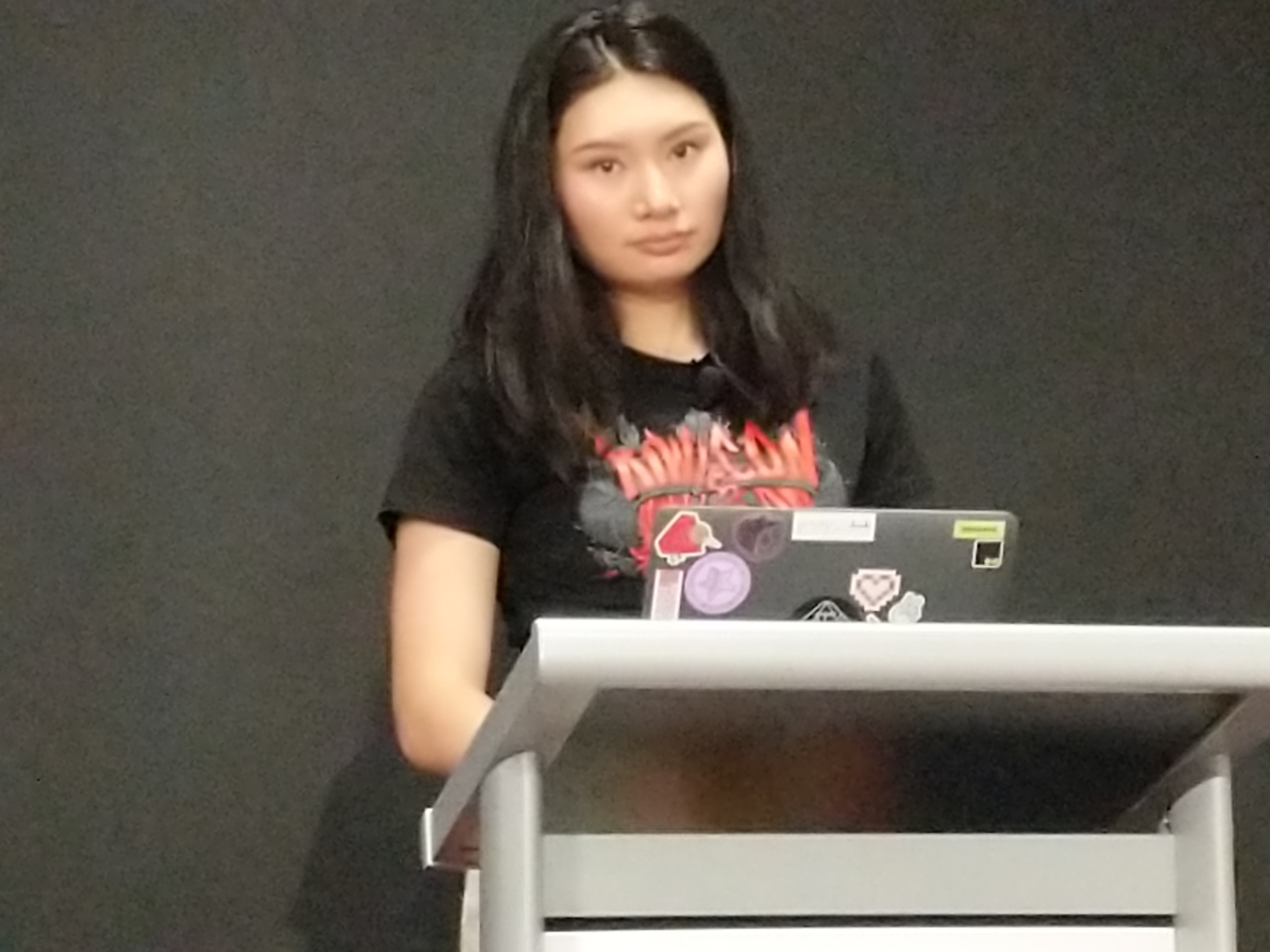In January 2025 I attended the Everything Open 2025 Conference in Adelaide. The conference was held over 3 days and is the main conference of Linux Australia and is the successor conference to Linux.conf.au (LCA) which I had been attending since 2004. The conference is community run and full price tickets are $AU 850 with Hobbyist tickets half that.
2025 was the 3rd Everything Open (EO) to be held and around 300 people attended. The Conference opened each day with a keynote and then split into 3 streams of talks plus a tutorial stream. Talks range fairly widely, the official blurb is a “conference focused on open technologies, including Linux, open source software, open hardware and open data, and the communities that surround them“
The venue was the Adelaide Convention Centre which had plenty of room and was nice enough. They main train lines for Adelaide ran under it with around 8 tracks under the venue. There were good food options a few minutes walk away since the venue is close to the Adelaide CBD.
Accommodation was fairly good. I got a hotel for $150/night about 10 minutes walk away that was near restaurants etc.
Content and attending
I really enjoyed the keynotes this year. All three speakers were interesting and and had great delivery. I also felt there talks were all good and there are several I missed that I’d like to catch-up if/when the videos are out.
I publish my (rough) notes from talks I attend to this blog. A list of here
Unfortunately I’m still masking (as were about 5% of attendees) so I probably didn’t participate in the Hallway track as much I would in the past. It was also fairly small due to relatively small numbers at the conference (see below)
The only organised evening event was the Penguin dinner at the Zoo. Unfortunately we didn’t get to see animals, just the food venue (drinks and chat followed by dinner)
Thoughts on the conference Format and Future
While EO attracted around 300 people which was almost double last year (held in the fairly remote city of Gladstone) but still less than what half a typical LCA attracted before Covid.
Unfortunately EO is still a step down from LCA. There were very few attendees from outside Australia and New Zealand. Part of this is due to disruption of conference going during COVID and part due to the general economic conditions but I think there were some other factors
At LCA Miniconfs were a good way to attract people and provide targeted content. People would come for the Kernel, GLAM or Sysadmin Miniconf (disclaimer I helped run the latter) and stay for the rest of the conference. They could tell their boss they were going to the “Work-related Miniconf” at LCA and staying for the rest.
The lack of Miniconfs also meant the conference was less nimble. While several talks were about LLMs and AI, in the past a LCA would probably have had 1-2 days of Miniconfs devoted to this hot topic (perhaps one day technical for users and a 2nd day for users and policy). Eg in 2020 there was a Kubernetes orientated Miniconf.
The conference being only 3 days and 3+1 streams rather than 3 days of 5+1 (plus 2 days of Miniconfs) seen at later LCAs also means people get less for their buck. Especially since travel will make up a significant cost for many attendees.
The inclusive EO brand also trying to reach out to a broader group means that the conference is less attractive to a technical user. The Irony is of course that LCA was a nominally technical conference with a lot of non-technical content while EO is a branded as a broad conference that is still probably 75% technical talks.
I’ll probably come back next year if the event is held. However the event had yet to be arranged due to lack of a bid. However a group was formed after the this year’s conference and it is likely that an event will happen in Canberra in 2026.
The Linux Australia AGM covered several problems with the conference (see The Linux Australia 2025 AGM video ) including difficulty finding people to run it, problems finding sponsors and the format. Questions were asked about bringing Miniconfs and problems with them were highlighted.
Overall it is difficult to tell where things are going. The conference is fairly successful but struggling to be sustainable. Personally I am not sure on the best path. Perhaps splitting the conference into two could work. Something like 2 days of Linux.conf.au, one day of Miniconfs and then 2 days of EO. But anything would required people to volunteer to help which is difficult right now.
